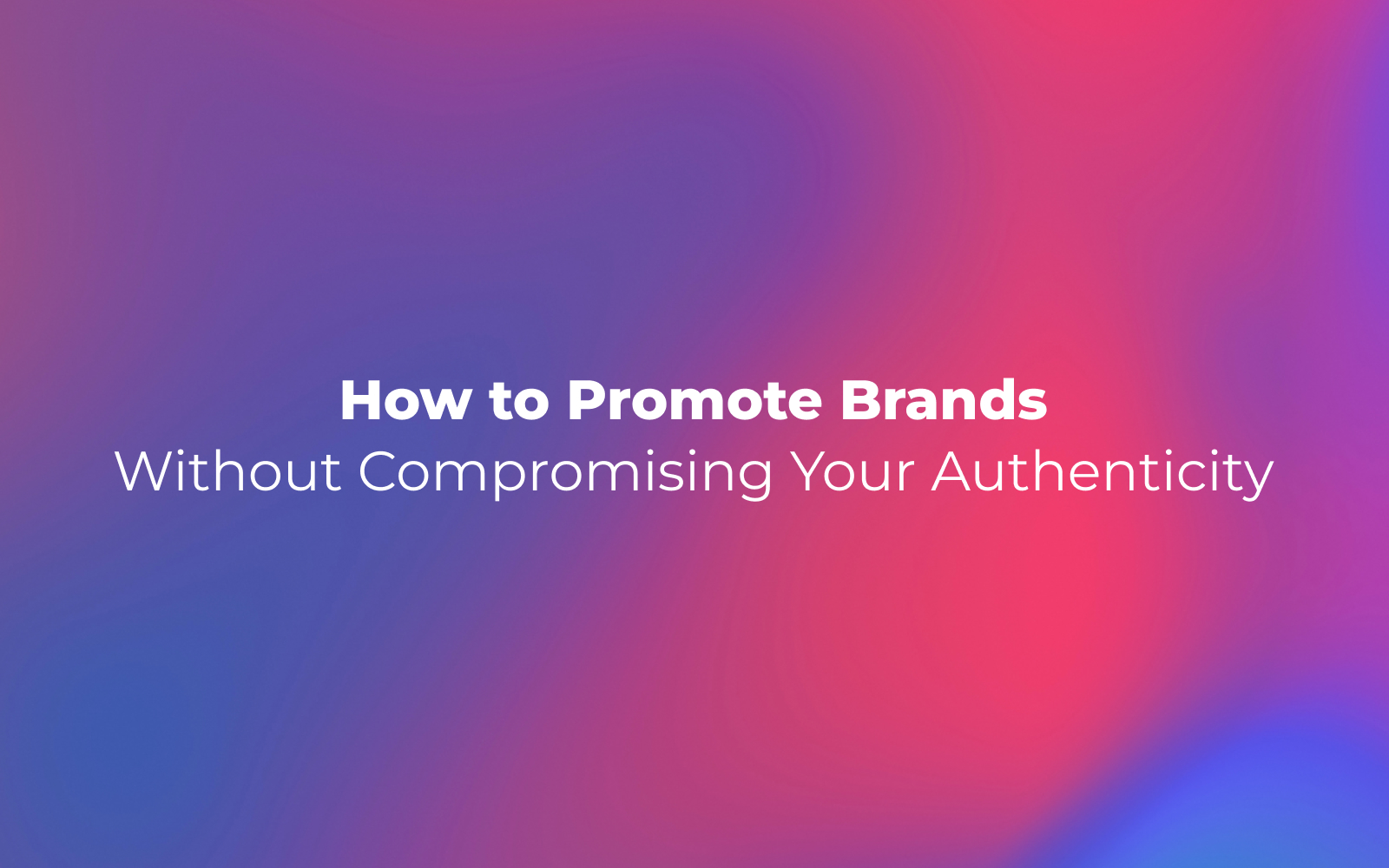Once you’ve built a solid fanbase, the next logical step is monetization. A steady revenue stream covers the cost of production and gives you the financial freedom to create better content. The majority of content creators start by opting into the ad-sharing features offered by social media platforms. It’s an easy, effortless move that doesn’t demand a large investment in time. When it comes to long-term monetization, however, these features benefit the platform more than content creators.
Social Media incentives
The social media platforms monetization framework is appealing to those starting out. Earlier this year, Facebook began offering Ad Breaks on Facebook Live videos with a generous 55% profit sharing. Monetizing a YouTube video is as easy as changing a setting. Once that’s done 55% of ad revenue from the video flows into your designated account. Both options are user-friendly and seem to favor the content creator.
For example, let’s imagine a YouTuber with a beauty tutorial channel. Her latest video gathers 1,000,000 views. How much money does she make off that video?
Google AdSense, the advertising body you’re actually dealing with through the YouTube Partner Program, usually measures ad revenue in cost per thousand impressions (CPM), or cost per thousand times an ad is shown. CPM fluctuates based on a fairly complicated advertising bid structure. Though YouTube doesn’t share exact figures, it’s been estimated anywhere from $0.50 to $10.
The YouTuber knows that beauty and fashion channels tend to draw higher advertising bids, so she might expect a CPM of around $7. With 1,000,000 views the video has earned $7000 inadvertising revenue. She keeps 55% for a net profit of $3850. One similarly performing video a week gives the content creator $184,000 a year. Numbers like that make social mediamonetization seem easy and lucrative.
Misleading numbers
Profits are much lower in practice. Adsense only pays out when someone actually watches an ad. Opt-outs via ad blockers and the “skip ad” feature lead to an 85% drop in ad viewing rates. The content creator from the earlier example has gone from $3850 for her million-view video to $577.50.
It’s also worth pointing out that a $7 CPM is much higher than average. Hank Green estimates that the average CPM on YouTube is between $2 and $4. For content creators in this range, advertising barely covers the cost of producing videos.
Unequal returns
While content creators are struggling to cover costs, platforms are more profitable than ever. Facebook (including Instagram) made $10.22 billion last year. Google is cagey with YouTube’s exact earnings, but analysts estimated its profits at over $4 billion in 2016. That means YouTube is somehow making in profit what the ad-sharing numbers say it should be making in raw revenue. (That’s impressive given that it wasn’t even profitable when Google bought it.)
In contrast, the ten most outrageously successful YouTube channels combined earned only $70.5 million. The average influencer with a million views per month makes $12,000- $15,000 a year. When you consider the time that goes into maintaining that level of engagement, content creators who rely mainly on social media monetization are essentially working for minimum wage.
Know your value as a Social Media Influencer
To successfully monetize your online presence, you need to appreciate your value as a creator. Content creators are the backbone of social media. They’re the ones putting in the work to attract audiences (and advertising dollars). Over 85% of creators spend at least six hours a week researching, creating content, posting, analyzing traffic, and responding to followers.
That dedication earns them valuable credibility with their audience. Your relationship with your audience can make you money as easily as it does for social media. How? Through influencer marketing partnerships with advertisers. Nine in ten people trust a YouTube review more than an ad, and 75% of Instagrammers have looked into purchasing an item after seeing it in a favorite creator’s post.
Partnering with content creators is becoming the best way for advertisers to maximize their advertising budgets. Their large, connected, and well-defined fanbases translate to a receptive audience for the right kind of product, and the potential ROI is impressive. Companies earn as much as $9 for every dollar spent on this type of influencer marketing.
Another reasons content creators are essential: the ad blockers that cut into their earnings affect advertisers, too. Considering that 47% of online consumers use ad blockers, influencer marketing is poised to become the only sure way for advertisers to reach potential customers at all.
No matter how important content creators are, social media platforms will always look out for their own bottom line first. Social media is a valuable tool for building audience, but the lion’s share of the profits finds its way back to the platform. To make a living from your content, it’s important to find alternate sources of income.
Where the money is
Unless you’re getting several million monetized views a month, you can’t count on features like Ad Breaks or the YouTube Partner Program as a sustainable source of income. Social media advertising shares should be thought of as offsetting operating costs rather than pure revenue.
How can content creators best monetize their content, then? The most effective solution is a custom content platform which prioritizes the area where content is mostly consumed- specifically, mobile. 71% of digital activity in the US flows through smartphones or tablets. That makes the most effective monetization tool for creators a custom mobile app.
All income generated from an app goes directly to the content creator, whether that’s advertising revenue, sponsorships, or in-app purchases. They can choose their own partners instead of being paired with whichever company won the advertising slot bid. Creators with a large enough audience can even have their entire app sponsored by a partner brand. The options for revenue streams are limited only by your ingenuity.
At the end of the day, you may not be able to keep social media from making money from your content. Take charge of your online presence with a branded mobile app, however, and you can make sure you’ll be getting rich at the same time.


